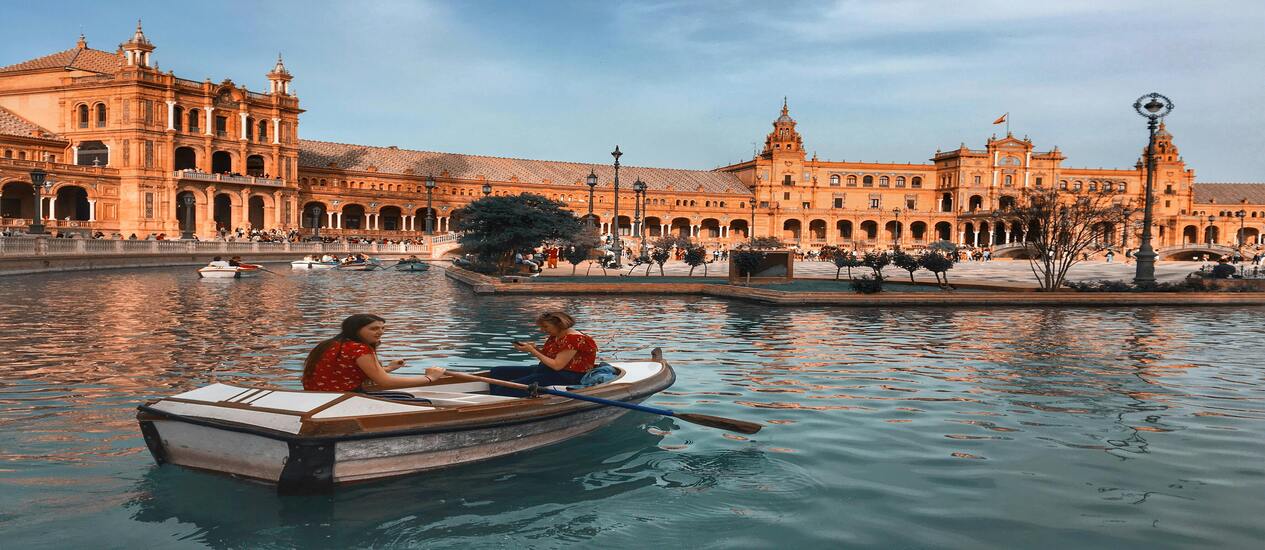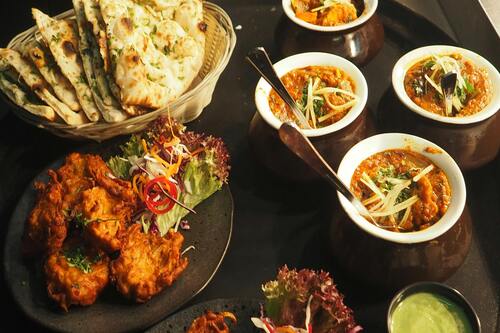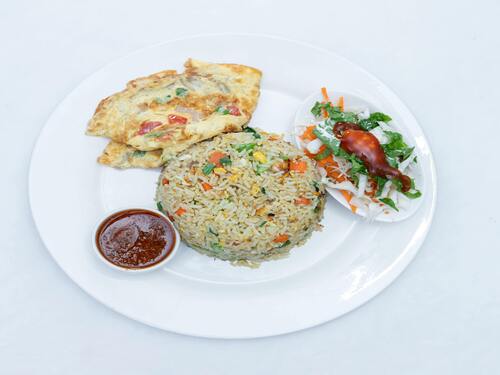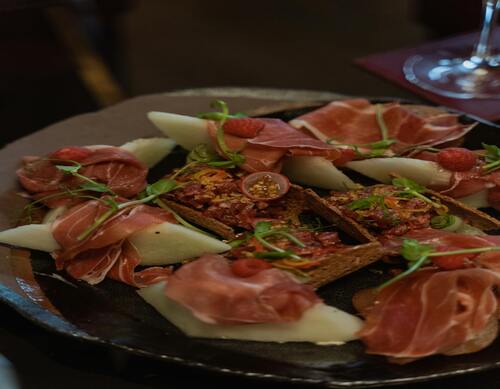
5 Challenges of Being Vegetarian or Vegan in Spain


Spain is a beautiful country full of beautiful natural sights, incredible architecture, and centuries of rich historic tradition. But anyone who has dietary restrictions probably knows that traveling can present some unique challenges. And a trip to Spain may be particularly difficult for travelers trying to avoid meat, eggs, or dairy. If you’re properly prepared you should still be able to enjoy everything Spain has to offer—minus the animal products. While there are an increasing number of restaurants and even hotels that cater to Vegans in Spain, there are certain things that might trip you up as you venture away from those havens. These are the five pitfalls to look out for on your trip.
The menu

Spanish cuisine is famous for a number of things—few of them vegetarian, almost none of them vegan. Paella is usually made with both seafood and chicken broth (just to spite the pescatarians), and almost everything else is made with ham, eggs, cheese, or ham eggs and cheese. The good news is that many fruits are plentiful and cheap, with Valencia’s famous oranges fresh-squeezed in restaurants all over the country for about 2-3 euros for a large glass, and you will probably develop a taste for gazpacho, even if the combination of cold and spice seems odd at first. The bad news is that there are about a dozen different words for various smoked meats, so you have to be on the lookout for lomo, sobrassada, cecina, as well as jamon iberico or serrano when you’re ordering.
The surprise eggs

If you’re struggling to find something you can eat on a Spanish menu and you figure at least an oddly pricey tortilla will be safe, you’re in for some more bad news. The tortilla you probably know from tacos/burritos/fajitas nothing to do with a Spanish tortilla—also known as a Spanish omelette. The fluffy mixture of potatoes, onions, and eggs makes for a hearty breakfast for those of us who eat eggs, but if you don’t want eggs, don’t be fooled! Spanish tortilla is generally served either on its own or in a sandwich. Speaking of sandwiches…
The surprise tapas

Let’s say you’ve studied your meat vocab, you know to avoid the tortillas, and you feel confident that you can pick out the safe items on any menu. But right now you aren’t even hungry, and you just want to relax with a beer or a glass of wine. You order your drink, but when the server comes back he’s carrying a little ham sandwich on a plate. These little sandwiches—generally with ham, omelette (tortilla), or calamari—are called bocadillos, and they’re a type of tapas that are often served free with a drink, particularly in the Andalucia region of Spain.
Other tapas you may receive with your drink could include a small serving of gazpacho, or an ensaladilla rusa (a “Russian”-style potato salad that may or may not contain some shrimp). If your Spanish is good enough, you may be able to ask what the tapa will be, though the safest bet if you’re visiting this kind of bar in Granada might be just to wave away the option with a simple, “No tapas, por favor.”
The temptation of the helado

Depending on the time of year you’re visiting, you may have to contend with the sweltering Spanish heat, well in excess of 40 C/104 F. Most Spanish cities provide a lot of shade for pedestrians, which helps a lot, but you can’t keep you as cool as the sweet, dairy temptress of helado. In the summer time, stands offering colorful displays of ice cream more in the style of Italian gelato spring up wherever there’s foot traffic. If you’re lucky, these stands will also offer a flavor or two of fruit sorbet. If you’re unlucky, you will just have to watch the other tourists enjoying their treats in tempting flavors like nutella, café, and crema catalana while you dodge violent shafts of sunlight.
The bulls
Chances are, if you’re a vegetarian or a vegan, you’re probably not on board with animal cruelty. You most likely won’t want to go to see the bloody horror of a bullfight, and you probably aren’t in the market for boots of Spanish leather, but Pamplona? The running of the bulls? It’s such an iconic piece of Spanish culture, and surely the only ones who suffer as a result are the very foolish people who decide to put themselves in the path of wild, charging bulls. Unfortunately, that’s not true. While people are among the injured each July in Pamplona, the bulls are the real victims. Have you ever wondered how they get those bulls to charge so aggressively?
Every morning, during the annual San Fermin festival, a rocket blast is used to scare a group of six bulls into a frenzy that often results in gorings, tramplings, and broken bones, and frequently sees the bulls smash violently into walls. Where are they headed in their stampede? To the bull ring—the stadium where they will be stabbed with lances, harpoons, and finally a sword to the heart. The bulls are racing toward a gruesome death. The San Fermin festival also includes a variety of “kiliki” characters who roam around with giant papier-mache heads, terrifying children. So…just go see some Flamenco dancing or a futbol match instead.
- andalusia
- animal cruelty
- best vegetarian
- bocadillo
- boots of spanish leather
- bullfighting
- calamari
- cecina
- eating our challenges spain
- eating out
- flamenco
- futbol
- gelato
- granada
- helado
- jamon iberico
- jamon serrano
- kiliki
- lomo
- oranges
- paella
- pamplona
- plaza de espana
- running of the bulls
- san fermin festival
- sevilla
- seville
- sobrassado
- spain
- spanish tortilla
- tapas
- travel food
- travel guides
- travel tips
- valencia
- vegan
- vegetarian
- vegetarian diets
- vegetarian restaurants


